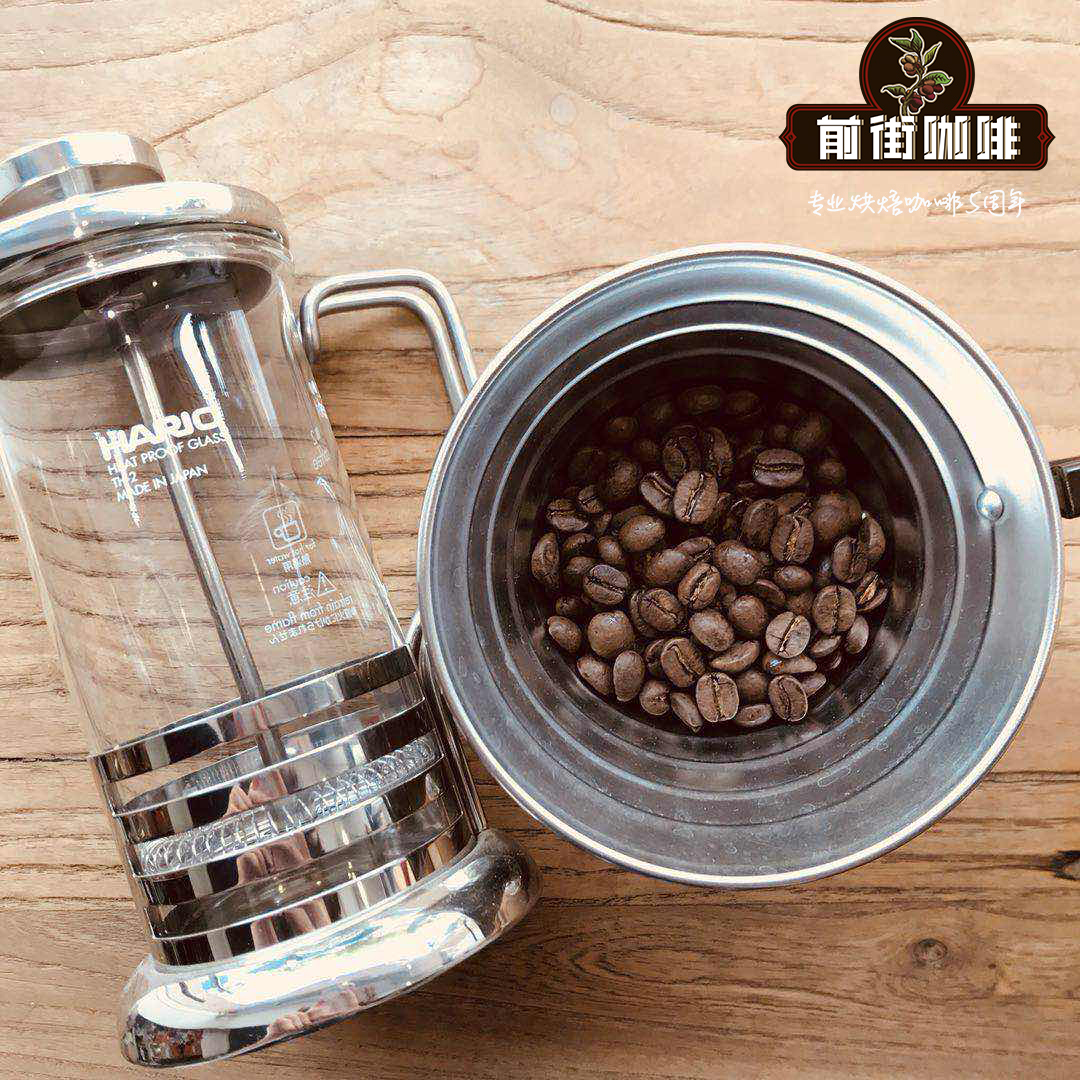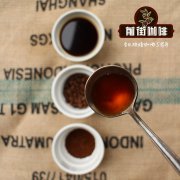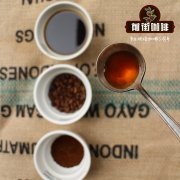The difference between Guatemala Antigua and Alcatel Nan Guo Coffee. How do you bake Guatemala SHB coffee beans?

Professional coffee knowledge exchange more coffee bean information please follow the coffee workshop (Wechat official account cafe_style)
Guatemalan Coffee in Central America, west of the Pacific Ocean, east of the Caribbean Sea, north of Mexico, Belize to the northeast, Honduras and El Salvador to the southeast. Vivette Nanguo Highlands, with warm and humid Caribbean air from the Central Mountains, cloudy and changeable climate; the land is a volcanic area, cultivating fertile volcanic soil. Coupled with the fact that it is located on the edge of plate activity, the severe alpine basin topography has given birth to a rich and lively coffee style under such changeable wind and soil conditions, resulting in high-quality Vivette South fruit coffee beans divided into seven grades according to elevation. The higher the quality of those produced in the highlands, the more mellow. Vivette Nan Fruit Coffee beans are produced above 4500 feet above sea level and belong to the highest quality SHB (extremely hard beans: Strictly Hard Bean-4500 feet above). The special growing environment and good washing place make this coffee highly respected in the international community! Vivette South fruit coffee beans, fruity aroma, rich and varied layers, it has a unique and clear flower and fruit flavor, refreshing flavor. The dry aroma has a black cherry-like sweetness and a slight smoky smell. After drinking, the aroma of caramel and glycol emerge, and the fragrance of flowers and fruits reverberates in the mouth. When the temperature decreases, there is a little lemon fragrance, and exudes a delicate sweet taste.
Coffee has saved Guatemala's economy in the past century. It is estimated that there are about 120000 producers, accounting for 40% of agricultural exports. As many as 20 of 22 provinces are engaged in coffee cultivation. Almost all areas have coffee beans, 98% are shaded by trees, and are almost monopolized by Arabica beans. The main secondary varieties are Bourbon, Tipica, Caturra, Catua í, Pache and Pacamara.
Guatemala's high altitude and 300 different microclimates, coupled with stable rainfall and fertile soil rich in minerals, contribute to coffee cultivation and are ideal among Central American countries. Since the early 1990s, S.H.B é has taken the lead in dividing eight different producing areas for producing alpine hard beans (Anacafe) according to the characteristics of coffee, growth climate, soil quality and altitude. They are: Alcatel Nango Valley (the Acatenango valley), Antigua (Antigua), Attilan (Atitl á n), Coban Rain Forest (Coban á n), Farrakhan Nice Plain (the Fraijanes plateau), Vivette Nango (Huehuetenango), New Oriental (Nuevo Oriente), San Marcos volcanic area (San Marcos). The main harvest season is from December to March of the following year, and higher altitude producing areas such as Vivette Nanguo can be harvested until April, as long as the harvest is completed. It will be shipped as soon as it is handled, usually during the period from April to July.
Antigua is the capital of Guatemala and an important city of coffee production. It is famous for its fine smoky aftertaste. Finca Medina Medina Manor is an early favorite Antigua coffee. The farm was established in 1999. It has been producing good coffee for a century, with an average annual output of 1000 bags and an average temperature of about 21 degrees above sea level. The main varieties are Bourbon, Caturra and Pacas. All grow in the shade of giant forest trees. Medina Manor is certified by the Rainforest Alliance. 10% of the area is used for forest restoration and regeneration, and must be rewarded to the community where it is located.
END
Important Notice :
前街咖啡 FrontStreet Coffee has moved to new addredd:
FrontStreet Coffee Address: 315,Donghua East Road,GuangZhou
Tel:020 38364473
- Prev

Atitlan producing area of Lake Attilan, Guatemala | European Regulation SHB washed beans in Ceylon Manor
Professional coffee knowledge exchange more coffee bean information please follow the coffee workshop (Wechat official account cafe_style) Lake Attilan Guatemala Atitlan production area | Ceylon Manor European Regulation SHB washed beans flavor and brewing? Ceylon Manor was bought by the Echeverria family in Atitln in 1870. Coffee beans grow on volcanic gravel and work with cantaloupes and pineapples.
- Next

Analysis of washing Kaduai Coffee beans in COE 9 San Antonio Manor in Guatemala
Professional coffee knowledge exchange more coffee bean information please follow Coffee Workshop (Wechat official account cafe_style) Guatemalan Coffee: production area: Vivettenango planting Manor: San Antonio Manor processing: San Antonio processing Plant altitude: 1800-2100 m varieties / treatment: Pacamara / washing flavor: floral, berry, hazelnut San Anthony
Related
- Detailed explanation of Jadeite planting Land in Panamanian Jadeite Manor introduction to the grading system of Jadeite competitive bidding, Red bid, Green bid and Rose Summer
- Story of Coffee planting in Brenka region of Costa Rica Stonehenge Manor anaerobic heavy honey treatment of flavor mouth
- What's on the barrel of Blue Mountain Coffee beans?
- Can American coffee also pull flowers? How to use hot American style to pull out a good-looking pattern?
- Can you make a cold extract with coffee beans? What is the right proportion for cold-extracted coffee formula?
- Indonesian PWN Gold Mandrine Coffee Origin Features Flavor How to Chong? Mandolin coffee is American.
- A brief introduction to the flavor characteristics of Brazilian yellow bourbon coffee beans
- What is the effect of different water quality on the flavor of cold-extracted coffee? What kind of water is best for brewing coffee?
- Why do you think of Rose Summer whenever you mention Panamanian coffee?
- Introduction to the characteristics of authentic blue mountain coffee bean producing areas? What is the CIB Coffee Authority in Jamaica?

